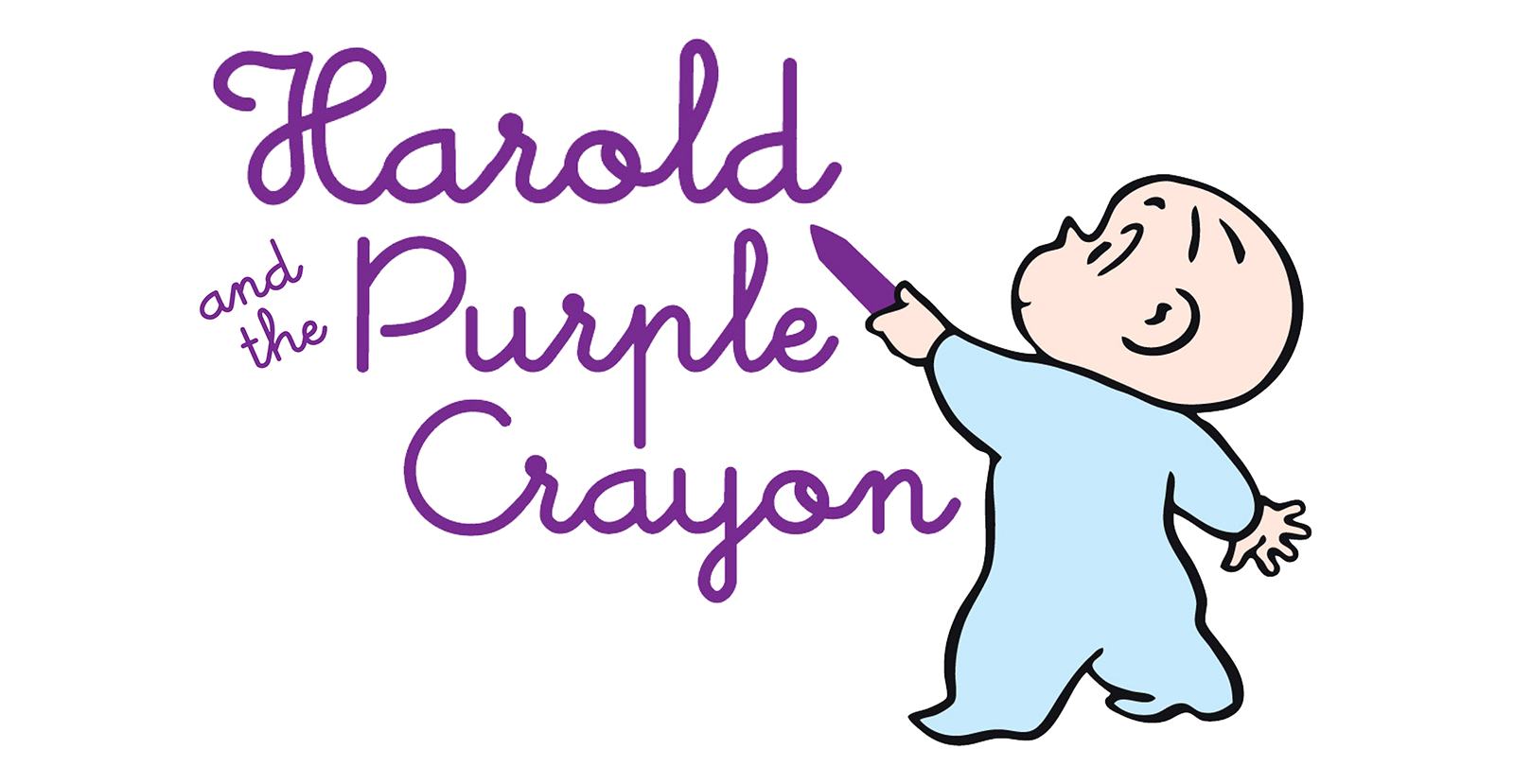Bringing design thinking to the School Library
by Laura Deisley
Want to revamp your library? Design thinking may be just the planning tool you need.
Cleaning out one of my kids’ closets yesterday, I discovered a bookcase tucked behind the clothes. Fingering the spines, I fell in love again with memories of reading their favorite series and sharing my treasured classics. The joy of this discovery, this little library forgotten over the years, reminded me of the allure libraries once had for me — places filled with wonder, beckoning discovery, introducing new ideas, and connecting me to the world. In an age when the physical library and librarians are now challenged to prove their relevance, I wonder whether we can fall in love anew with our libraries.
Design thinking as a creative process is messy learning. Done well, it uncovers unmet needs and produces innovative new models. Today, schools around the world are teaching design thinking to their students to foster innovation skills. Increasingly, we find school teams learning and leveraging the process to tackle their issues: homework, schedules, student engagement, and learning and play spaces.
What if you wanted to tackle the question of your library? How might design thinking help?
Step 1: Organize a design team.
Invite a small group of stakeholders (teachers, administrators, librarians, students, and parents) to work together for a year. A good size is a group of four to eight people who are curious and committed to the challenge of reimagining the library.
Step 2: Learn the basics.
As a group, research and understand as much as you can about the design thinking process. If you have professional development funds, seek out opportunities to learn design thinking by actually doing it.
Step 3: Exercise empathy.
In order to learn about the needs you are trying to solve, interview library users. Go ask your community — students, teachers, and librarians. Visit other schools and observe who is using the library, and what they’re using it for. Learn as much as you can from whomever you can. If you’re interested in creating a space people fall in love with, look at places where people are hanging out. What spaces and places invite curiosity, discovery, creativity, collaboration, learning? What about them is so inviting?
Step 4: Define the problem.
Once you’ve engaged your users, it’s time to unpack the data and figure out what needs you’ll seek to meet. For example: A teacher is eager to connect her students with community experts to aid in their research. You might define the problem this way: How can we curate outside expertise connected to/supporting our curriculum and student research?
Step 5: Brainstorm.
In a spirit of collaboration, assume that other group members have ideas that are better than yours. Together, use sticky notes to get as many ideas — without judgment — up on a wall or whiteboard for consideration. In the example above, one idea might be surveying parents to find out where they work and what their interests/areas of expertise are.
Step 6. Prototype a solution.
As quickly as possible, develop a demonstration of your solution (a rough sketch, a sample survey, etc.) that you can share with others.
Step 7. Test your prototype.
It’s easy to fall in love with your ideas. To see if you’re on the right track, go back to your users and test your prototype. Describe it and get as much feedback as possible. If you’re off course, you’ll want to improve the prototype or use the feedback to consider another idea. Repeat until you’ve got enough feedback to execute a solution.
Two of my treasured classics still nestled in that closet bookcase are The Little Engine That Could and Harold and the Purple Crayon. Both encourage young children to believe that all things are possible. When the pathway is clear and the mountain to climb apparent, all you really need is an optimistic engine willing to do some hard work. When the road ahead is uncertain, as it is for our schools and libraries, grab your purple crayon, join hands with a few other Harolds, and design-think your way home.

